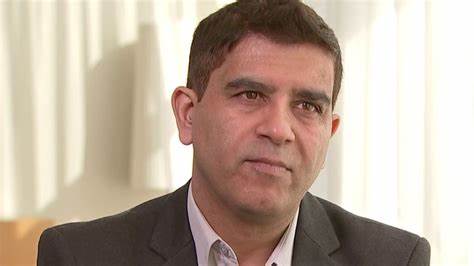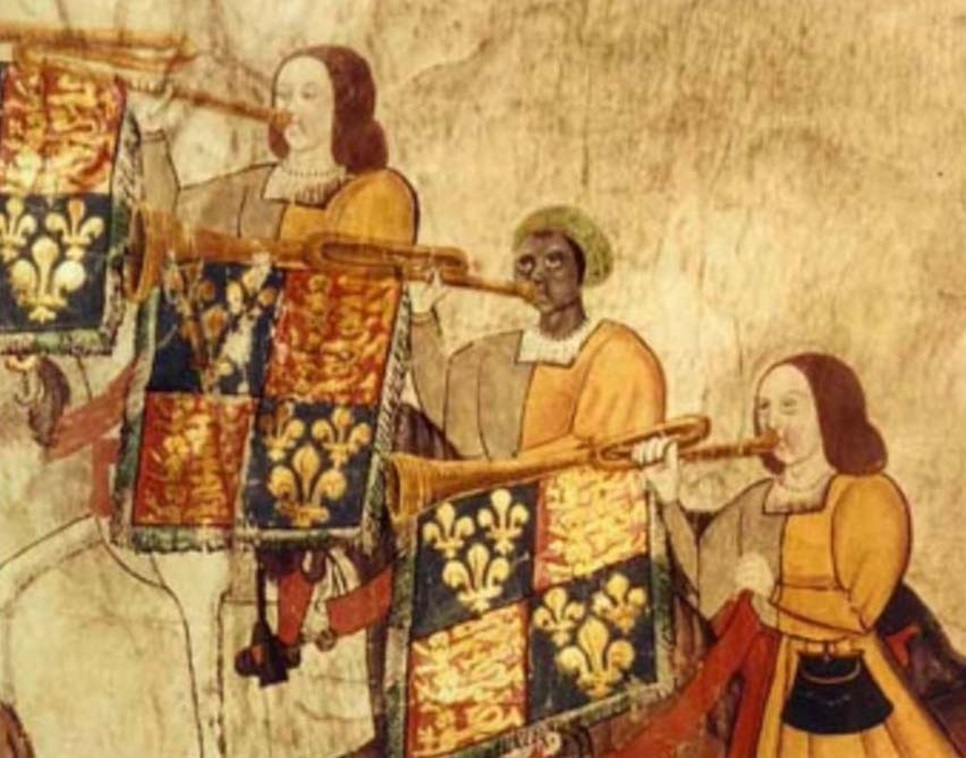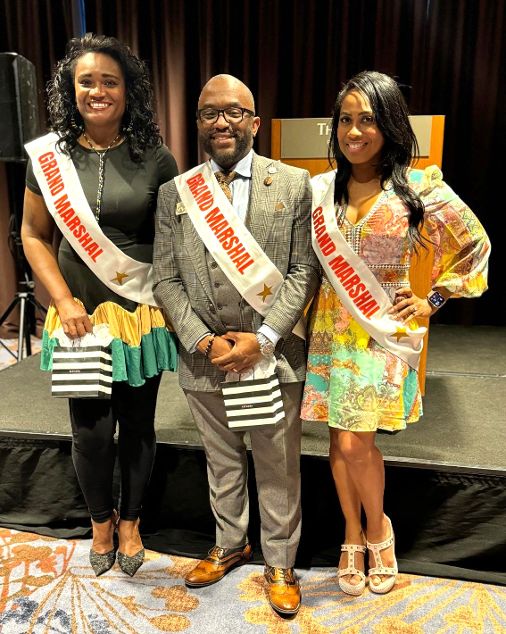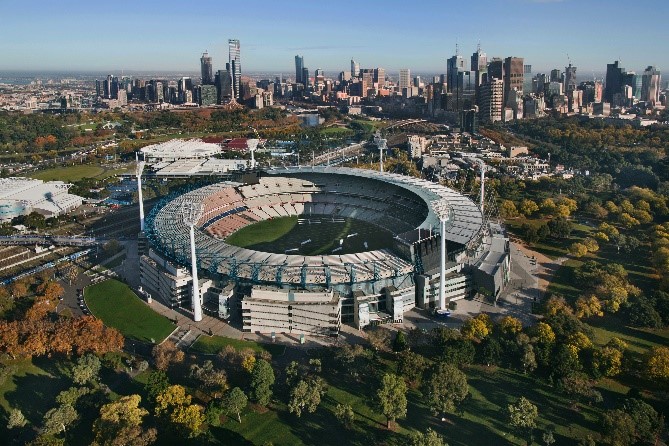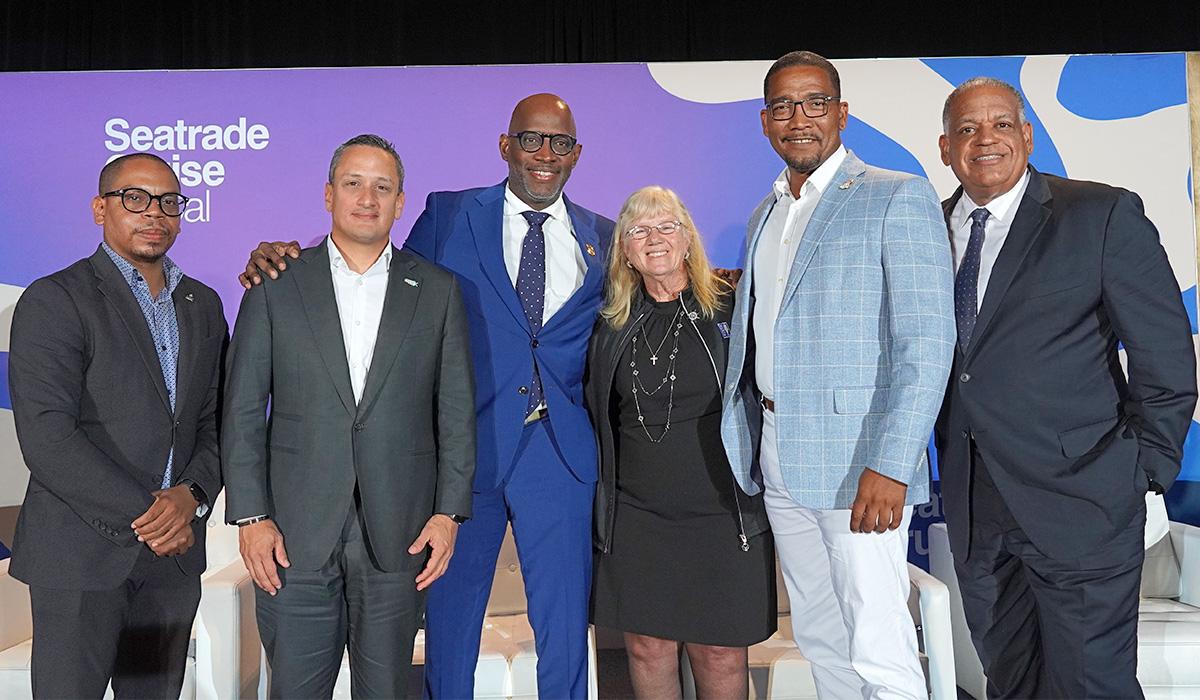Nearly 400 years before the birth of Louis Armstrong a Black musician in London’s Greenwich Palace was making a healthy living playing the trumpet. In fact, he was not just making a living; he was amongst the highest-paid musicians in the court of Henry VIII.
Having also played for his father Henry VII, court accounts reveal that John Blanke successfully petitioned him for a wage increase from 20 Shillings a month to 40 (Shillings) a month.
The only thing unusual at the time about John Blanke however, was, he was a Black trumpeter.
He is thought to have arrived in Britain from Spain in 1501 as one of the African attendants of Catherine of Aragon, who became Henry VIII’s first wife when they married in 1509. Henry and Catherine produced an heir, Henry, Duke of Cornwall, on New Year’s Day 1511.
To celebrate the birth Henry called a joust, which is pictured in the Great Tournament Roll of Westminster. The Roll is a 60ft manuscript depicting the royal procession and tournament. Sadly, the child died at end of February that year and the Roll was consigned to the College of Arms where it remains to this day.
John Blanke’s image features twice on the Roll, and he is believed to be the earliest known Black Briton for whom we have both an image and a record. It has been over half a millennium since the sounds of John Blanke’s trumpet filled the air and courts of Greenwich Palace.
Havilland Willshire, Director of Music at Trinity Laban Conservatoire of Music and Dance said: “As the current guardians of King Charles Court, Trinity Laban treasures and celebrates the building’s unique history. It is a privilege for us to host the John Blanke plaque at our Faculty of Music as part of our Black Culture 365 series, our year-round commitment to celebrating Black history and art.”
Nubian Jak Community Trust CEO Dr Jak Beula said: “The Trust is delighted to receive the support of Historic England, Trinity Laban, The John Blanke Project and other stakeholders, to celebrate and blow the trumpet of a pioneering 16th-century musician, who just by his very presence has forced us to rethink what it was like to be a Black Briton over 500 years ago and beyond.”
Michael Ohajura, National Director of the John Blanke Project said: “This plaque dedicated to John Blanke, marks him out in our history not just as the first Black Briton for whom we have both an image and a record but a sign of how diverse this island was and is, and how we celebrate our diversity today.”
Author of the Black Tudors, Dr Miranda Kaufmann, said: “It's fantastic that the life of John Blanke, about whom scholars including Professor Imtiaz Habib, Dr. Onyeka Nubia, and myself, have discovered so much more over the last fifteen years, is being celebrated in this way - 510 years after John Blanke married in Greenwich in January 1512. I hope he will inspire the students who pass by the plaque every day.”
The original space has long been replaced and is now home to the Old Royal Naval College and, Trinity Laban Conservatoire of Music and Dance given listed heritage status under the protection of Historic England. However, after 3 years of planning, consent has been granted by Historic England for a special Nubian Jak blue plaque to be installed internally at King Charles Court, which is home to Trinity Laban’s Faculty of Music and part of the ORNC site.
The blue plaque will be installed on Friday 14th January at 4:00pm, 512 years to the day John Blanke got married. Members of the public are invited to attend this historic installation via Zoom.



